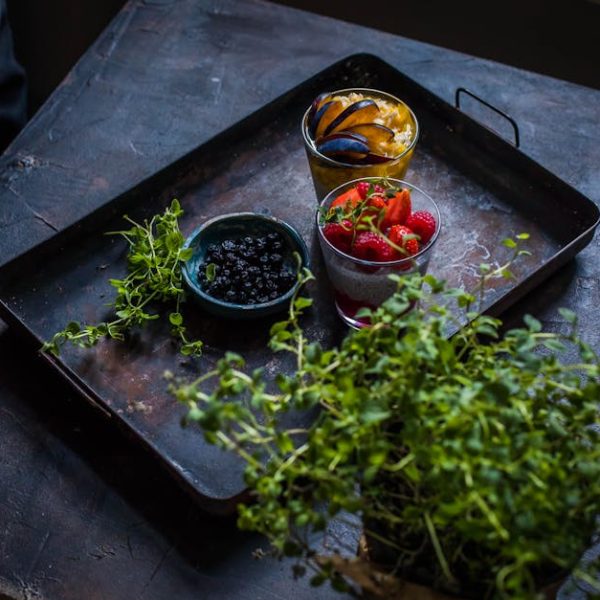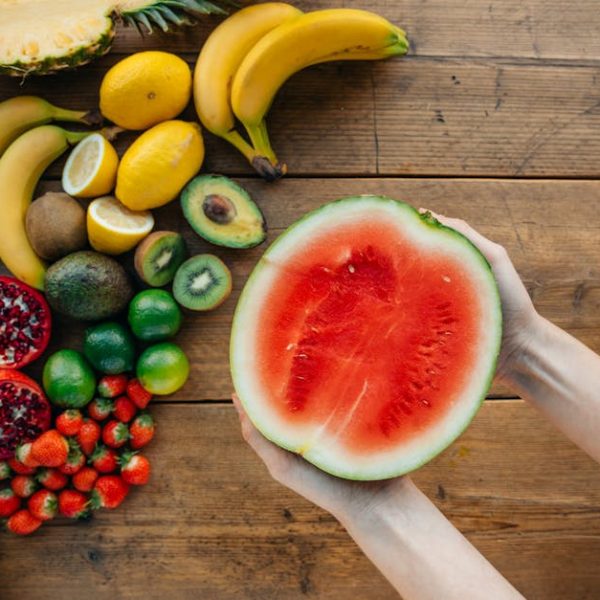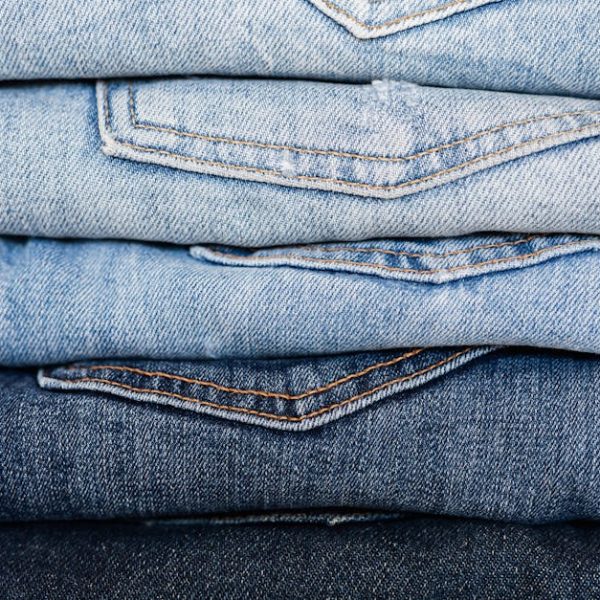The shelf life of apples, much like any other fruit, is primarily dependent on storage conditions and their state at the point of purchase. Correctly stored in the fridge, apples can last up to two months, preserving their crisp texture and juicy flavor.
Understanding the Shelf Life of Apples
Apples left at room temperature will remain in good condition for about a week before the quality starts to deteriorate. However, this duration can vary based on several factors:
- Variety: Some apple varieties naturally last longer than others. For instance, Honeycrisp and Fuji apples are known for their long shelf lives, while Delicious apples ripen and spoil more quickly.
- Ripeness: The level of ripeness at purchase can significantly impact how long apples last. Apples near or at peak ripeness will tend to spoil faster.
- Environment: Apples kept in hot or humid conditions will also ripen and spoil more rapidly than those stored in a cooler, lower humidity environment.
Best Practice: To extend their shelf life, consume or refrigerate apples that are significantly ripe, or purchase them when they are slightly under-ripe.
When it comes to the longevity of different apple varieties, the contrasts can be vivid. A detailed comparison could look like this:
| Apple Variety | Average Shelf Life at Room Temperature |
|---|---|
| — | — |
| Honeycrisp | 1-2 weeks |
| Fuji | 1-2 weeks |
| Golden Delicious | 1 week |
| Cortland | 1 week |
| McIntosh | 1 week |
How Refrigeration Extends the Shelf Life of Apples
Refrigeration plays a crucial role in prolonging an apple’s life by slowing down the ripening process. This is a result of reduced enzymatic activity at lower temperatures, which keeps the apples from maturing too quickly and rotting.
Pro Tip: The optimal refrigerator temperature for apple storage is between 30 and 35 degrees Fahrenheit (-1 to 1 degrees Celsius). It’s best to store them away from other fruits since apples release ethylene gas, which can hasten the ripening of nearby produce.
While refrigeration has numerous benefits, one possible downside is it can strip apples of their fresh, crisp texture if not stored correctly. However, this effect can be minimized with the right storage practices.
Best Methods for Storing Apples in the Fridge
Storing apples in the fridge requires more than just tossing them in and shutting the door. Follow these steps for optimal results:
- Don’t wash the apples before refrigerating them. This can encourage mold growth. Instead, wash them immediately before use.
- Store apples in the crisper drawer to maintain optimal humidity.
- If possible, store apples in their original packaging, or in a perforated plastic bag to allow for adequate air circulation.
Best Practice: Storing apples in the crisper drawer of the refrigerator can help maintain their crispness and prevent absorption of flavors from other foods.
Signs That Your Apples Have Gone Bad
Understanding the signs of a rotten apple will help you avoid unpleasant, potentially harmful food experiences. Here are the major telltale signs that your apple has gone bad:
- Color: Apples that have become brown or discolored, especially if the browning isn’t solely surface-level, are most likely no longer fresh.
- Texture: A fresh apple should be firm. If your apple is soft, mushy, or the skin is wrinkled, it’s past its prime.
- Smell: Fresh apples have a crisp, sweet slightly tart smell. An off-putting or sour smell means the apple is on its way out.
- Taste: Lastly, if you’ve bitten into an apple and the taste is sour or just plain wrong, spit it out. It’s better to be safe than sorry!
Pro Tip: Do a quick ‘float test’ to check if an apple is still good. Fresh apples will sink because their natural air pockets haven’t been filled with the gas and moisture indicative of decay. On the contrary, a bad apple will float.
Spotting the difference between a good apple and a bad one shouldn’t be hard. A healthy apple retains its vibrant color and smooth texture, while a rotten apple will often be discolored, wrinkled, and soft to touch.
The Effectiveness of Refrigeration Compared to Other Preservation Methods
Refrigeration is one of several ways to preserve apples, but others like canning, freezing, and drying also have their own advantages and disadvantages:
- Canning: This method can preserve apples for up to a year. However, it involves heating the apples which may lead to a loss of nutrient value and it also changes the apples’ texture.
- Freezing: When properly stored, frozen apples can last for a year. However, thawed apples could be a bit mushy, making them more suitable for cooking rather than eating raw.
- Drying: Drying apples can extend their shelf life to six months to a year, but it changes their texture and diminishes some nutrient contents.
Here’s how these methods compare to refrigeration:
| Preservation Method | Shelf Life | Changes in Texture or Nutrient Content |
|---|---|---|
| — | — | — |
| Refrigeration | Up to 2 months | Minimal |
| Canning | Up to 1 year | Some |
| Freezing | Up to 1 year | Some |
| Drying | 6 months to 1 year | Moderate |
Overall, when you want to enjoy your apples in their freshest state, refrigeration remains the best method. It provides a balance between extended shelf life, convenience, and preservation of the apple’s natural flavor and texture. However, for long-term storage or for other specific uses, the other preservation methods also hold their own benefits. Remember, irrespective of the method you choose, always check for signs of spoilage before consuming your apples. Enjoy!
Key Takeaway:
- The shelf life of apples is dependent on factors like variety, ripeness level, and storage environment, with refrigeration significantly extending their freshness.
- Different variety of apples have different shelf lives.
- Proper storage in the fridge involves not washing the apples before refrigerating, storing them in the crisper drawer, and using perforated plastic bags.
- Signs of rotting apples include browning, soft texture, bad smell, and a sour taste.
- Compared to other methods, refrigeration remains the best way to preserve apples while keeping their natural texture and flavor intact. Other methods like canning, freezing and drying also serve their purposes depending on the requirements.
Just keep in mind that no matter how you preserve your apples, the most important thing is to enjoy their natural sweetness and crisp texture. Remember, a perfect apple is not just about its longevity but also about its taste and freshness that adds up to your healthy diet. Eating fresh and properly stored apples can be a satisfying and nutritious experience. Enjoy your apples!
FAQs
Q: What are the best varieties of apples for long-term storage?
A: Honeycrisp and Fuji apples are known for their long shelf lives compared to other apple varieties.
Q: If I don’t have a crisper drawer, where’s the best place to store apples in the fridge?
A: If a crisper drawer isn’t available, place your apples towards the back of the fridge where it’s typically the coldest.
Q: Can I refrigerate cut apples?
A: Yes, you can refrigerate cut apples. However, the cut surfaces will brown quickly, so it’s best to eat them as soon as possible or coat them with lemon juice to slow down the browning process.
Q: Can bad apples make me sick?
A: Eating spoiled apples could potentially cause food poisoning symptoms like nausea, vomiting and diarrhea. Always check for signs of spoilage before consumption.
Q: Aside from refrigeration, what’s the next best method to preserve apples?
A: Freezing apples is a great alternative to refrigeration, though you might experience some texture changes once they are thawed.
Remember, sharing is caring. Do not hesitate to share this article with fellow apple enthusiasts, and feel free to explore our website for more fruitful tips and guides!





